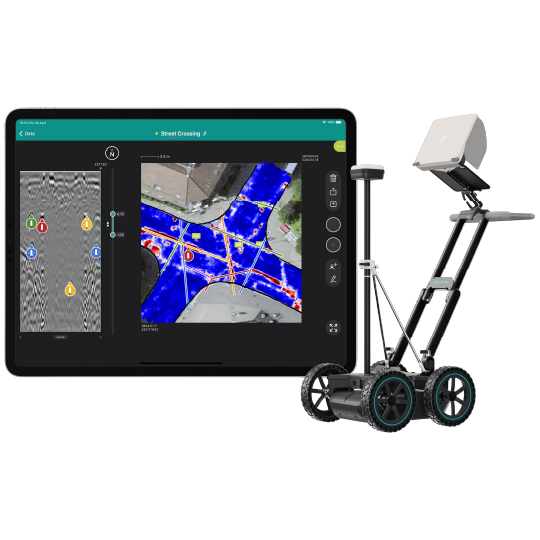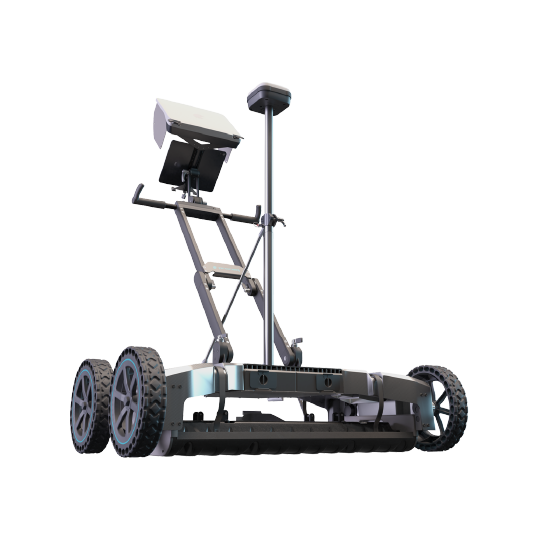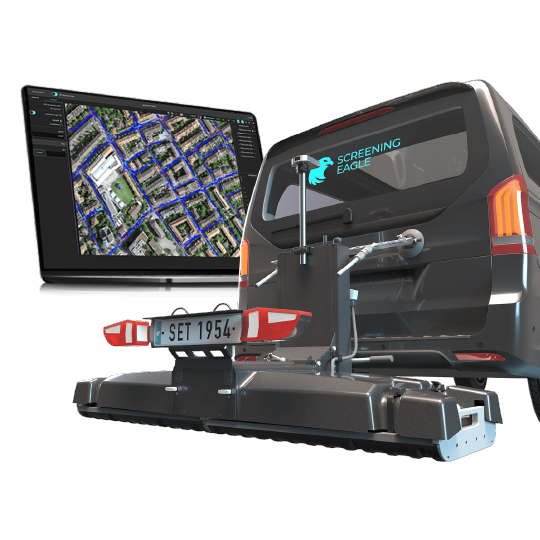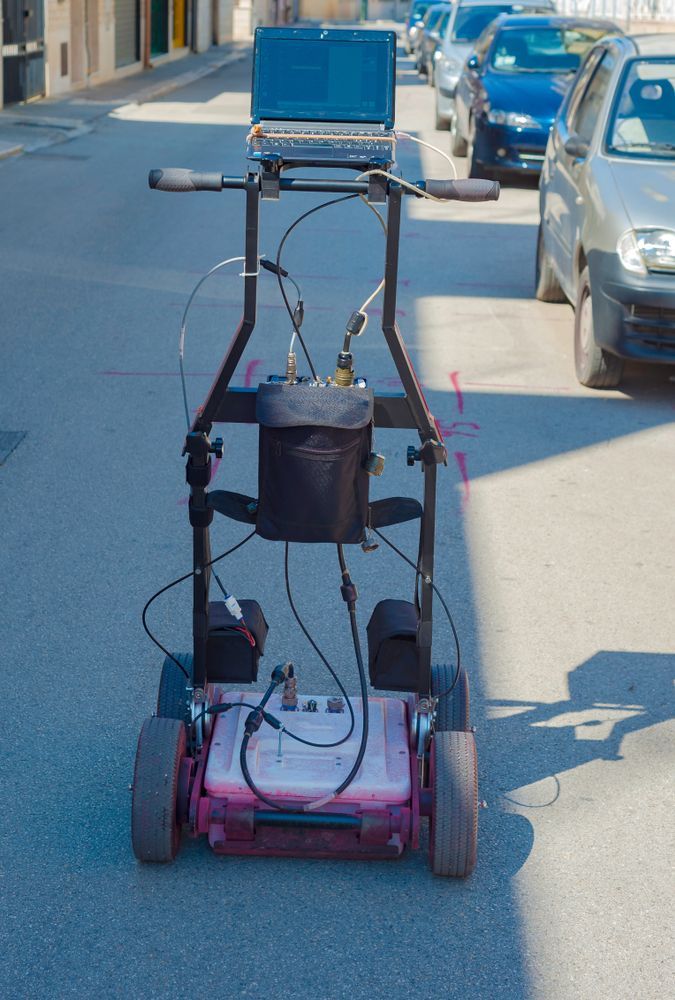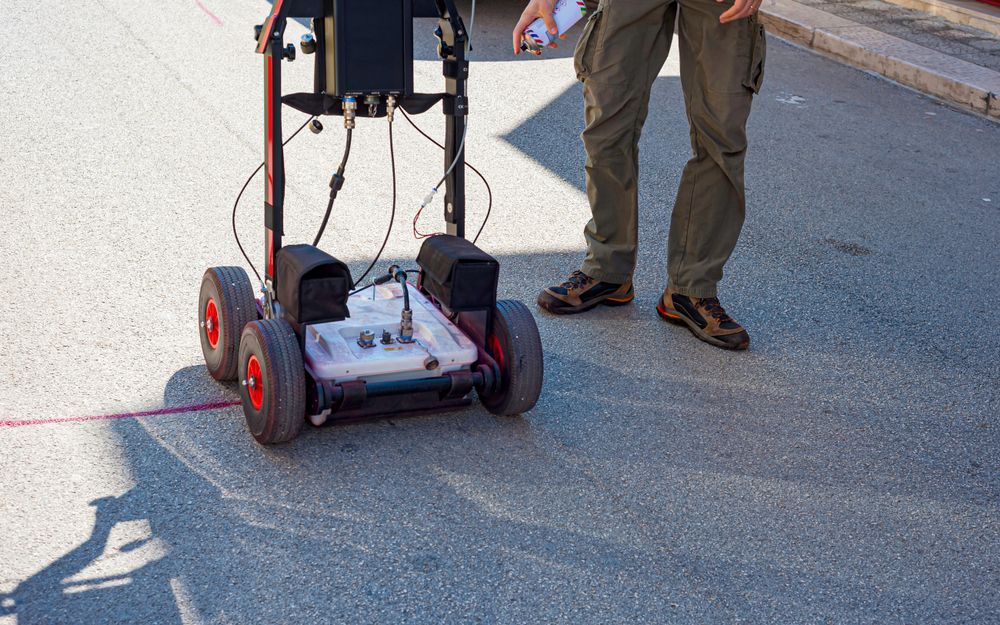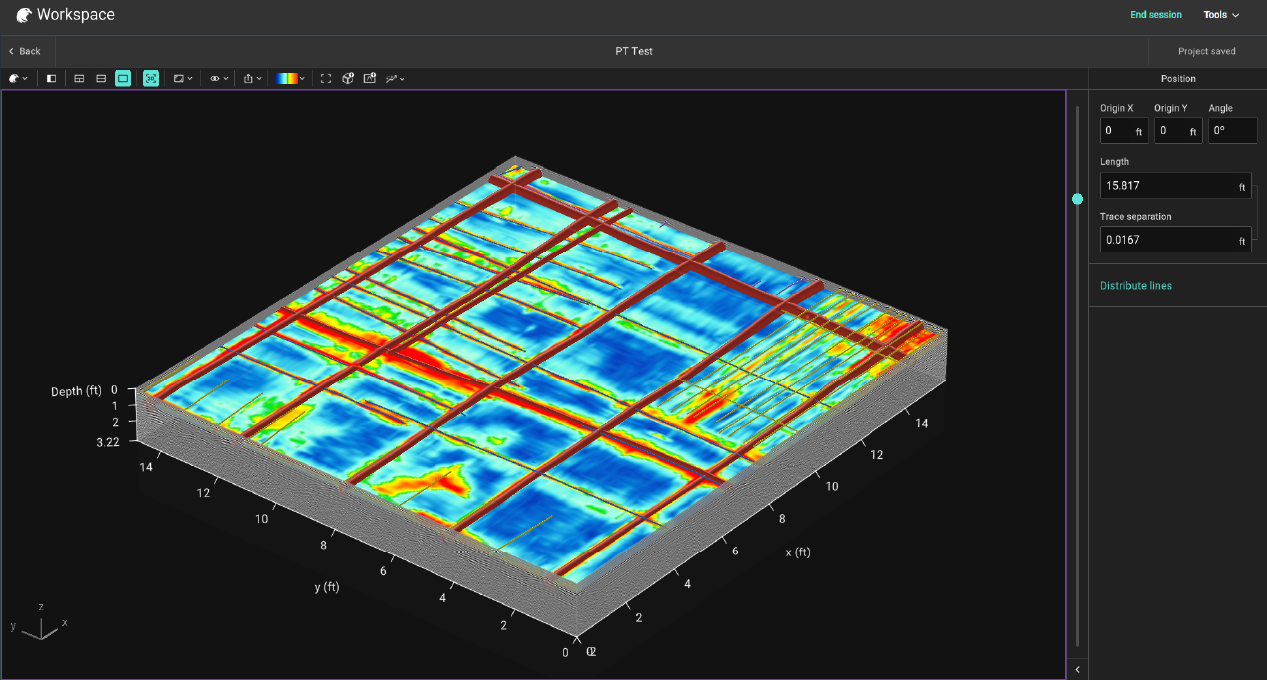List Price
$1,810.00
Concrete strength and uniformity testing using rebound hammer technology
- Strength estimation made simple and at a fraction of the cost
- Comprehensive mobile apps and web-based functionality enhancing productivity
- Original Schmidt components
SPECIFICATIONS
Instrument Firmware: Automatic calculation of rebound value according to international standards
Display: Analog & backlit digital (100 x 100 pixels, graphic)
Impact Energy: 2.207 Nm (N), 0.735 Nm (L)
Compressive Strength Range: 10 to >100 N/mm2 (1'450 to>10'152 psi)
Memory: Instrument memory > 20,000 impacts; Display memory - Memory of iOS or Android device
Connections: Low energy Bluetooth®, USB for charging and updates
Measurements: Impact angle independent; Displays the series on-screen as you work; Series validity checked automatically; Review an entire series; Delete impacts
Battery: Standard AAA, alkaline or rechargeable
Battery Lifetime:> 20,000 impacts between charges
Operating Temperature: 0° to 50°C
Languages: English, German, Japanese, Chinese, Korean, Spanish, Portuguese, Italian, French, Russian
DOWNLOADS
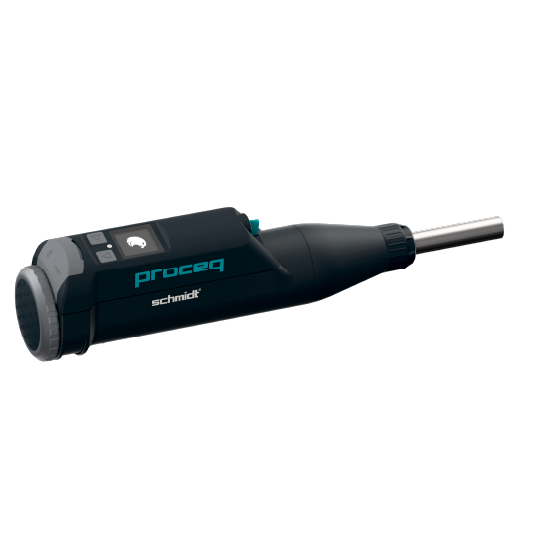
The Original, digitally redefined.
Simplicity
Test on-site and share results up to 80% quicker compared to analog hammers. Eliminate operator errors thanks to automatic impact angle correction and series evaluation according to standards.
Productivity
Cloud synchronization of your measurements. Comprehensive mobile apps and web-based functionality enhances productivity and makes instantaneous reporting possible.
Reliability
All mechanical components are Original Schmidt components to ensure durability and standards compatibility.
- Free updates & releases
- Customer-centric development
- Ahead of any other solution
The legendary and the Original Schmidt rebound hammer and its Swiss-made accuracy is now even more flexible and connected. Measure, evaluate and fully report even the most extensive inspection projects within just minutes. Download the app and explore the state of the art of concrete testing
feedback from the field
"Lorem ipsum dolor sit amet, consectetur adipiscing elit, sed do eiusmod tempor incididunt ut labore et dolore magna aliqua. Ut enim ad minim veniam."
"Lorem ipsum dolor sit amet, consectetur adipiscing elit, sed do eiusmod tempor incididunt ut labore et dolore magna aliqua. Ut enim ad minim veniam."
"Lorem ipsum dolor sit amet, consectetur adipiscing elit, sed do eiusmod tempor incididunt ut labore et dolore magna aliqua. Ut enim ad minim veniam."
Frequently Asked Questions
Do you have a rebound hammer question that you are having a hard time getting answered? Contact GPR USA and access our experienced team of NDT professionals to get the answers you need.
FAQ One
What is a Schmidt rebar hammer, and how does it work?
-The Schmidt rebar hammer, also known as a rebound hammer or concrete test hammer, is a tool used to assess the hardness and compressive strength of concrete by measuring the rebound of a spring-loaded mass when it strikes the surface. The rebound distance is correlated with the surface hardness, which in turn can provide an indication of the concrete's strength. For rebar applications, it is often used to evaluate the condition of concrete structures and the quality of the concrete surrounding embedded rebar.
FAQ Two
What are the primary applications of Schmidt rebar hammers?
Schmidt rebar hammers are primarily used in construction and civil engineering for:
- Assessing the quality and strength of concrete structures.
- Evaluating the effectiveness of surface treatments or repairs.
- Conducting non-destructive testing of in-situ concrete.
- Checking the condition of existing concrete structures, such as bridges, buildings, and pavements.
FAQ Three
What are the limitations of using a Schmidt rebar hammer?
While Schmidt rebar hammers are valuable tools, they have some limitations:
- Surface Condition: The accuracy of the measurements can be affected by surface roughness, moisture, and contamination (e.g., dust, oil).
- Depth of Measurement: The hammer measures surface hardness, which does not always correlate with the strength of the concrete deeper within the structure.
- Calibration Needs: Regular calibration is necessary to ensure accuracy, and different types of concrete may require specific calibration adjustments.
- Limited to Hardness Assessment: The hammer provides indirect measurements of strength, and additional methods may be needed for more comprehensive assessments.
FAQ Four
How do I interpret the results from a Schmidt rebar hammer?
-The results from a Schmidt rebar hammer are typically expressed in terms of rebound numbers. These numbers can be correlated to compressive strength using established conversion tables or graphs provided by the manufacturer. Higher rebound numbers generally indicate harder, stronger concrete.
However, it is essential to consider factors such as the type of concrete, its curing conditions, and the specific application when interpreting the results. For more accurate assessments, it may be necessary to conduct multiple tests and analyze the data in conjunction with other testing methods.
Resources
GPR News
connect with gpr usa today
Whether you're looking to launch a brand new company or upgrade your fleet, let GPR USA assist you every step of the way.
Product Page Contact Form
We will get back to you as soon as possible.
Please try again later.


